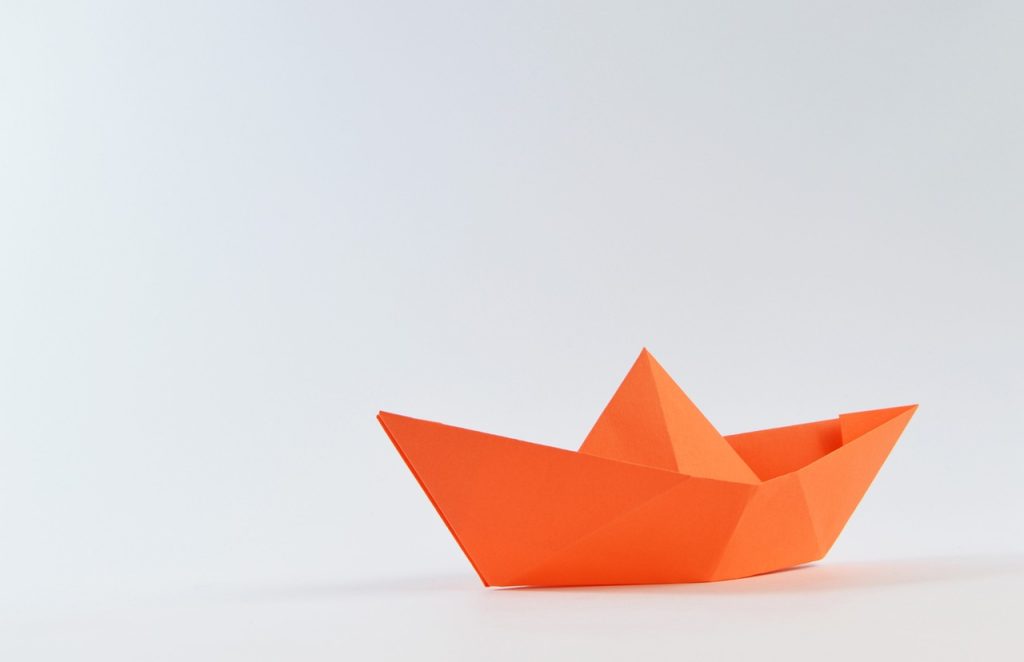Origami – How Did It Evolve?
The word “origami” is derived from the Japanese words “or” meaning “to fold” and “kami” meaning “paper.” The history of origami can be traced back to the 6th century when the paper was first introduced to Japan from China. The earliest known origami figure is a crane, which is also the subject of the world’s oldest surviving origami instructions dating back to the year 1397. During the Edo period (1603-1867), origami reached new levels of artistic sophistication with the development of “senbazuru,” the thousand origami cranes. This tradition originated from an old Japanese legend that holds that if one folds a thousand origami cranes, their wish will be granted. In the early 1900s, origami began to gain popularity outside of Japan. In particular, it was embraced by the European avant-garde as an art form that was both minimalist and geometric. The first origami exhibition was held in Paris in 1922, and since then origami has continued to grow in popularity around the world.
There are many benefits to knowing origami. One benefit is that origami can help develop fine motor skills. Folding paper requires a great deal of dexterity and hand-eye coordination. As such, origami can help improve these skills in both children and adults. Another benefit of origami is that it can help promote calmness and relaxation. The act of folding paper can be therapeutic, and the result is often a beautiful and intricate design. This can provide a sense of satisfaction and achievement. Origami can also be used as a form of communication. It can be used to create cards, gifts, or even sculptures. The possibilities are endless, and origami can be a fun and creative way to express oneself. Overall, origami is a beneficial activity that can be enjoyed by people of all ages. It can help develop fine motor skills, promote relaxation, and be used as a form of communication.

In recent years, origami has been taken up by modern designers who use it to create everything from furniture to fashion accessories. There are a few reasons why origami has become popular among modern designers. Just like the opportunities on HellSpin, origami is a very versatile technique that can be used to create a wide variety of objects. Second, origami is relatively easy to learn, so even novice designers can create complex origami designs. Finally, origami is a sustainable design technique since it only requires a single sheet of paper and no other materials. So far, origami has been used to create everything from lamps to dresses. Some designers have even created entire origami-inspired furniture collections. As origami continues to gain popularity, we can only imagine the creative ways designers will use it in the future.
Architects have grown quite an appreciation for origami and make use of it during the design process. One good example is The Origami Moon Habitat project by SAGA (Space Architecture Group for Advanced Studies). They aimed to create a sustainable and habitable environment on the moon. The project is based on the ancient Japanese art of origami, which is the folding of paper into various shapes and objects. The project aims to create a modular structure that can be assembled and disassembled easily, using only simple materials and tools. The habitat would be made up of modular units that can be connected to create a variety of different configurations. The units would be made of a lightweight and strong material, such as Kevlar or carbon fiber, and would be coated with a reflective material to protect against the harsh environment of the moon. The habitat would also include a system for recycling water and waste and would be powered by solar panels.
That being said, anyone can learn origami, regardless of age or experience. So why not give origami a try? You could be the next Moon Habitat inventor!

Leave a Reply